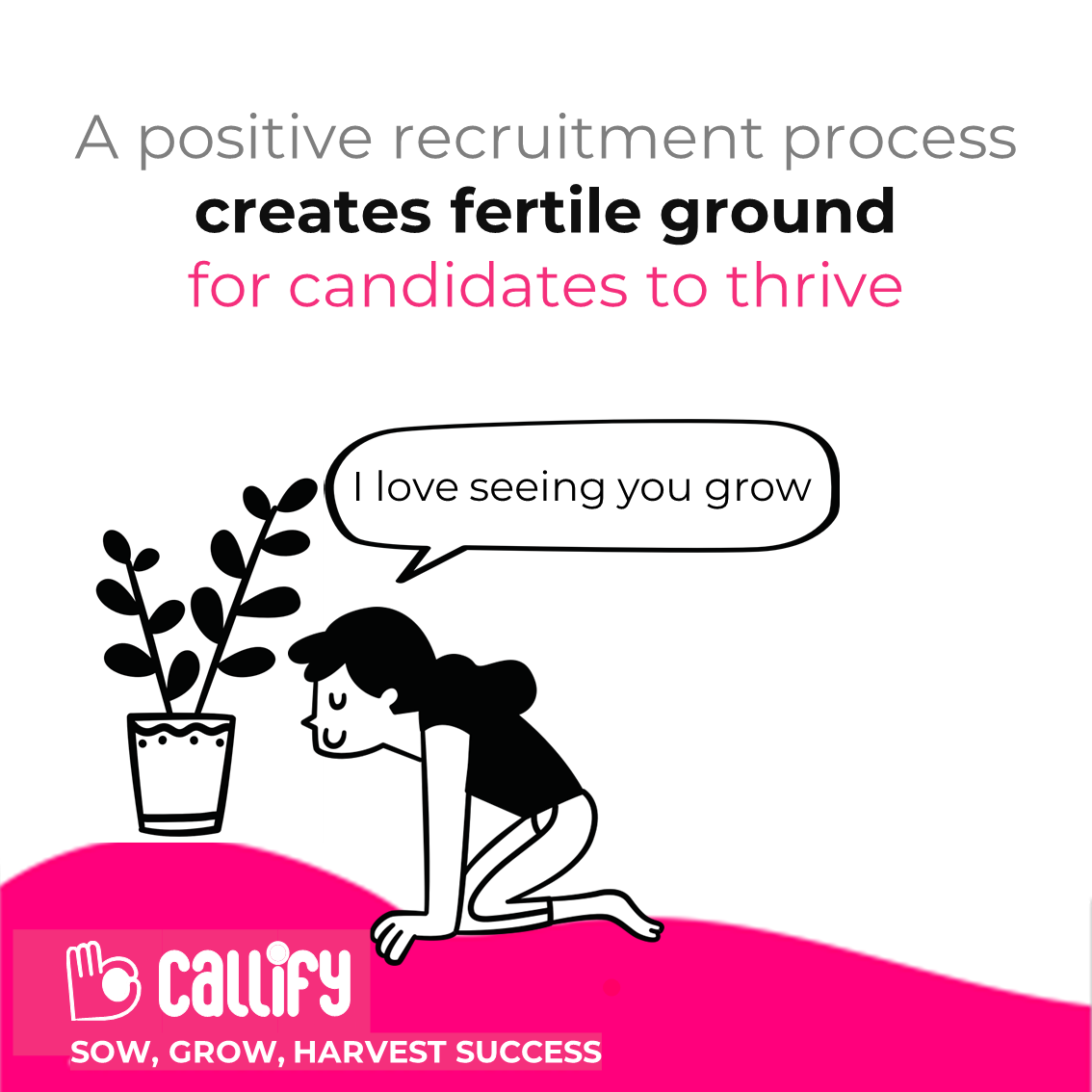10 Best CV Screening Tips for Modern Recruiters

The first step in screening candidates is to review their resumes. The ideal applicant is sieved out considering multiple factors, including educational requirements, work experience, skill set, etc. Whether or not a candidate moves to the next round of hiring depends on how the candidate’s resume matches your requirements.
But the road towards the second phase has quite some roadblocks. First has to be a massive volume of applications. As per a Glassdoor survey, an employer receives 250 applications per job post. But depending on the job role, you can receive more. Secondly, a survey conducted by CareerBuilder found that 58% of candidates lied on their resumes. While interviewers understand that candidates may exaggerate their qualifications and skills on paper, they also know that some candidates will outright lie. These two are the biggest challenges that make CV shortlisting a difficult task.
But we’ve got some amazing tips to help you overcome these challenges and ensure a smoother hiring journey for both you and the candidates.
Failproof resume screening tips
1. Ensure you are targeting the right candidate

Are you waiting for airplanes in a dock? This happens when your hiring notification doesn’t reach your targeted audience. So, have a resume screening checklist handy. It should thoroughly analyze the relevant qualities, skills, and experience for the position. These are non-negotiable.
Once you set your hiring goals, sprinkle the right amount of keywords in the job description. Not overdone. Not underdone. Add different types of keywords to keep it clear and concise. First keywords to help potential employees locate your online job ad. To speedily sift through resumes in search of candidates with the most relevant experience, add keywords that go with the experience. Lastly, add custom keywords to match the talents you’re looking for if your organization scans and saves them.
In the resume screening process, you weed out the unsuitable ones. At this stage, you safely cross out the candidate from consideration if they don’t satisfy all of your minimum criteria for the post. But do they have more skills than you expected from this role? Then, when you’ve eliminated everyone who doesn’t meet the bare minimum, these “extras” might help you pick out the candidates who stand out.
2. Don’t get confused with must-haves and nice-to-haves
For example, if you are hiring a marketing specialist, the common skills are communication, analytical and critical thinking, problem-solving, etc. But among those skills, you find someone with foreign language proficiency. Now, this ” nice-to-have” skill will be the icing on the cake if your organization has international branches or deals with prospects from different lands.
3. Is it only about Keywords?
Candidates who have been grinding for quite a long time start understanding a few technologies behind the recruitment process. They gasp that putting more keywords on their resumes makes it more likely that they will come up in a search. But if you fall into that trap, you will probably miss the right catch. To avoid this, give more importance to applications that provide specific examples of how they applied their skills in their previous job. For technical resumes, it’s better to put keywords in the bullet points of job summaries than in a skills summary at the beginning or end of the document.
4. Check for grammatical errors

A PDF or hard copy resume is the first opportunity an applicant has to sell themselves to a potential employer. And regardless of how sophisticated the recruitment industry becomes, you can not deny certain tried-and-tested practices.
This signifies no typos, grammatical errors, or other issues with the presentation. Is the CV well-written? Does it include brief descriptions of relevant job experience? Prospects who put in the effort required to construct an impressive resume show that they value their job. And in addition, it proves that they have good attention to detail skills.
5. Keep an eye out for unnecessary fluff
How many hobbies and interests are too many? There is no written law. Therefore, the candidates go overboard with them. What would you do if their hobbies included calligraphy, long drives, or binge-watching F.R.E.N.D.S. for the 10th time a week? Although, if it is for a writer’s profile, and they mentioned reading books and blogs — that will make sense.
6. Observe for employment gaps, if any
Pay attention to their employment flow. Is there any missing period? Don’t jump to conclusions when you find out the inconsistent or missing employment dates. These are not a CLEAR indication of job hopping or any other red flags. It could be due to maternity leave, or in pursuit of higher education during that period. If a candidate’s background is a good match, but they have left off the dates they were employed, it is okay to ask the reason.
7. Pay attention to their recent accomplishments

A CV is more than proof of their education and skill. So, don’t limit yourself. Check out what they have achieved recently. Are they talking about improving the campaign reach in their last company? Did they mention how they improved the team’s productivity? The way they put it also makes a huge difference. You can differentiate between boasting and achievements.
8. Do a skill test

Onboarding someone based on the skills mentioned on the resume only may cost you a good fit. Although previous success often indicates future results, there is no substitute for here and now test policy. Instead, think of a genuine problem the ideal candidate will have to solve on the job. Keep it simple yet skill specific. However, this is a challenge that a qualified candidate will be able to deal with.
9. Do Phone screening to ensure online resume promises align with them
You have other steps left in the entire recruitment process. First, you have to wrap up the CV screening quickly. Here comes the phone screen in the picture. You can eliminate underqualified applications before scheduling in-person interviews keeping the top prospects in the loop. In most cases, the phone screen is not the place to concentrate on the question, “Where do you want to be in 5 years?” however, knowing the answer might be helpful. Instead, you should check that every applicant you send to the in-person interview is qualified for the position the claims on their CV are valid. You can do pre-recorded voice calls to make this process efficient and save time. Customize the questionnaire fast and then record and send it to the aspiring candidates in one go.
10. Use digital resume-parsing software

In the era of technology, you should not shy away from introducing technology in your recruitment process. Finding and investing in a reliable resume screening technology product is crucial if you engage in high-volume recruiting. Going through hundreds of resumes is not only time-consuming, but it also squeezes out your energy. But, again, in the end, human beings make mistakes. These are the reasons companies are bending over to automation for recruitment. You can automate the first three stages of the resume screening process using intelligent resume screening and parsing software that connects to your applicant tracking system (A.T.S.).
To do this, it analyses candidates’ resumes to discover what skills are necessary for success in the position (e.g., A to C or Red, Yellow, and Green). Intelligent resume screening is a giant leap forward for corporate recruiting on a massive scale. In addition to reducing the time spent reviewing applications, this method improves the quality of hire forecasting by revealing which applicants went on to be successful and which did not.
Conclusion
A bad hire will burn your wallet. The cost of disastrous hiring could be 15-21% of the employee’s salary, which depends on the sector and level of responsibility. You can avoid this blunder by using Callify’s intelligent tech. Callify uses speech-to-text and natural language processing to collect candidate replies and provide them in audio and text format. It also then matches candidate responses as per your requirements and rates them for maximum convenience. And that’s it! You can quickly find the best-fitting hires at a 40% faster rate.




